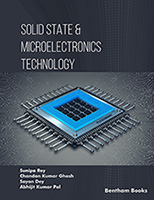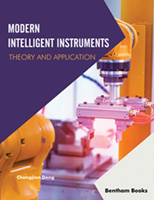Introduction
Continuous efforts to develop new semiconductor devices enable device manufacturers to make significant improvements in the information technology sector. Bipolar transistors and MOSFETS are two special electronic device components that are used to construct very large scale integrated (VLSI) circuits, allowing engineers to create powerful machines that are power efficient. VLSI device characterization depends largely on semiconductor device modeling which is based on physical and electronic principles. Bipolar transistor and MOSFET device models is a textbook that describes basic functions and characterization models of these two types of transistors. Readers will learn about the processes employed to derive these models which will help them understand the modeling process. Chapters in this text cover the fundamentals of semiconductor devices, the pn junction, high and low injection region models for bipolar transistors, and different MOSFET models such as channel doping models and gated SOI models. Key features of this book include:
- step by step, easy to understand presentation of model information on innovative semiconductor devices
- an overview of model derivation, assumptions, approximations and limitations
- novel experimental information on semiconductor parameters such as gate fringe capacitance, silicided source/drain resistance, and threshold voltage shift
Bipolar transistor and MOSFET device models is an essential learning resource for advanced students and professional engineers involved in semiconductor device modeling and fabrication divisions.




